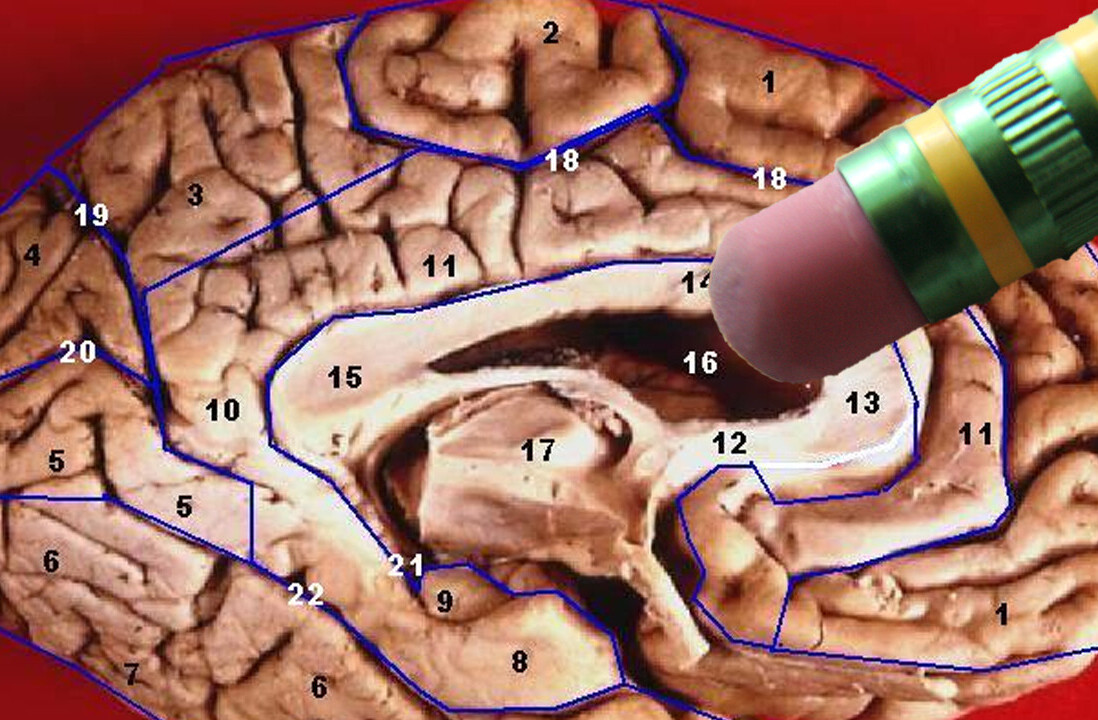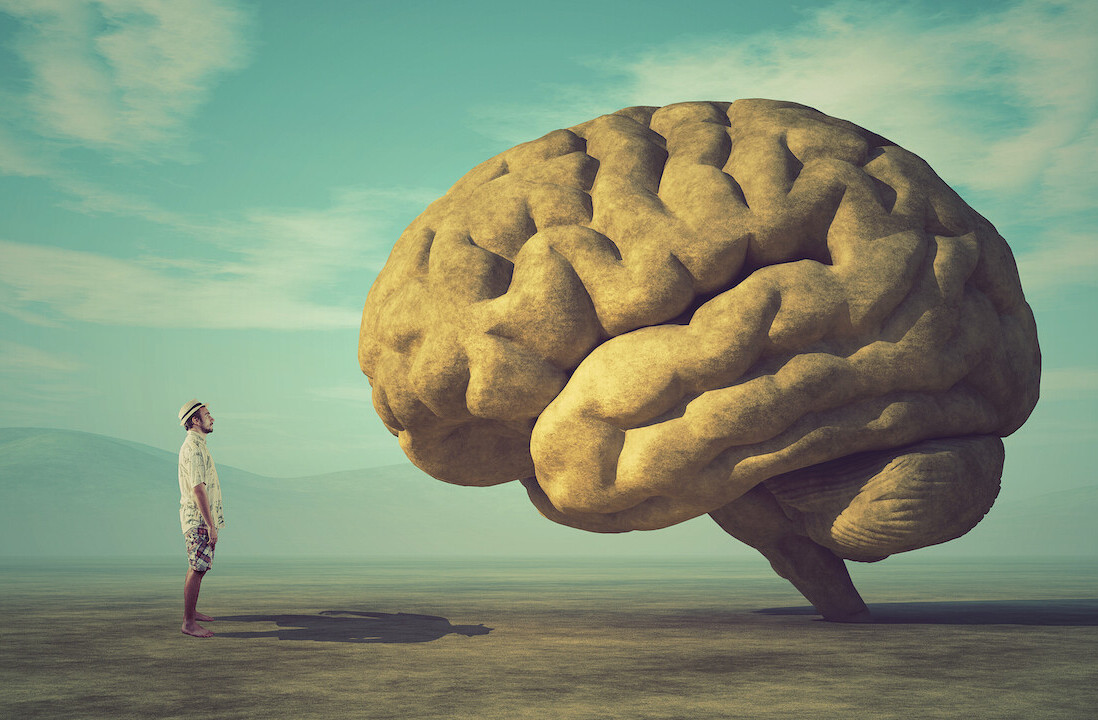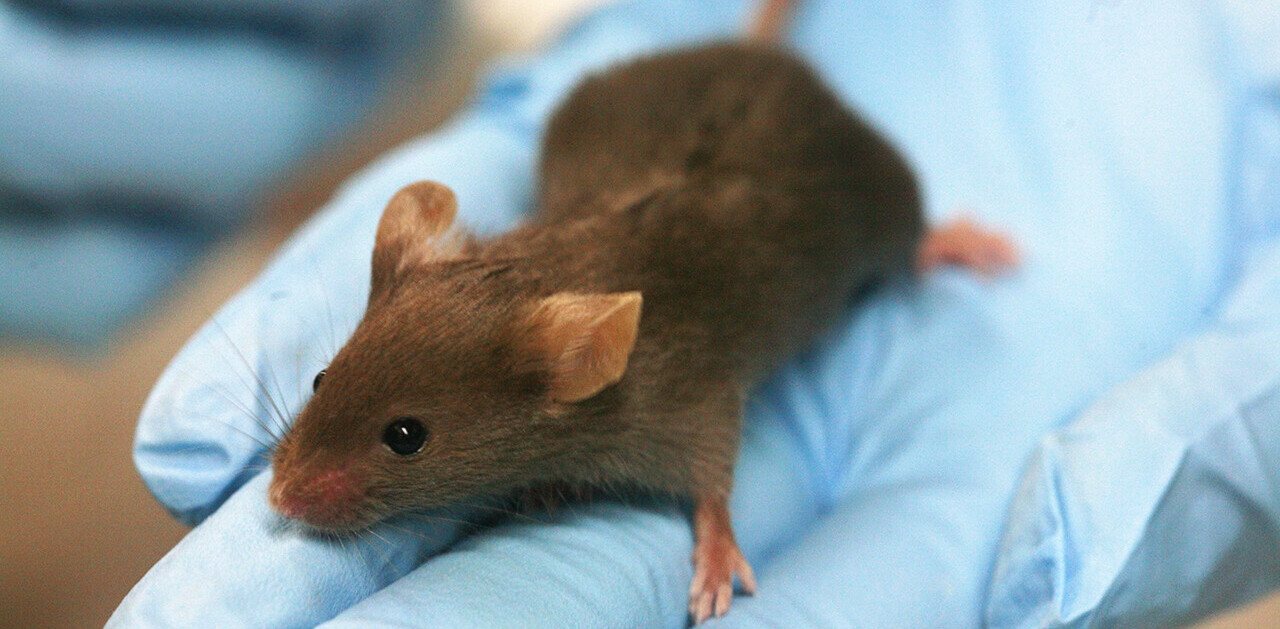AI has revealed that mice have a range of facial expressions that show they feel — offering fresh clues about how emotional responses arise in human brains.
Scientists at the Max Planck Institute of Neurobiology in Germany made the discovery by recording the faces of lab mice when they were exposed to different stimuli, such as sweet flavors and electric shocks. The researchers then used machine learning algorithms to analyze how the rodents’ faces changed when they experienced different feelings.
The software showed that their facial muscles would subtly shift as their emotions changed. Mice feeling pain pulled their ears back and puffed out their cheeks, while mice experiencing pleasure would push their jaw and ears forward, and pull their nose towards their mouths.
The AI also revealed that their expressions varied depending on how they felt before receiving the stimuli. For example, when a thirsty mouse was given a sugary drink, its face showed more joy than a rodent whose thirst was already quenched.
[Read: Scientists use AI system to translate brain activity into text]
The researchers then investigated which brain cells were triggering these reactions using a technique called optogenetics, which uses light to stimulate different neurons. They found that when they targeted neurons known to trigger different emotions, the mice displayed the associated facial expressions.
How brains process emotions
The idea that facial expressions reveal how brains process emotions is nothing new. In 1872, Charles Darwin suggested that humans and animals communicate their emotions through similar expressions. Recent developments in AI mean we can now put his theory to the test.
“I was fascinated by the fact that we humans have emotional states which we experience as feelings,” neuroscientist Nadine Gogolla, who led the three-year study, told Nature magazine. “I wanted to see if we could learn about how these states emerge in the brain from animal studies.”
Gogolla’s team trained the software to recognize the mice’s reactions by feeding it images of their facial expressions that were labeled with the associated emotion. They then gave the system unlabelled images and asked it to decipher the emotions on display.
The AI was able to identify the emotions with 90% accuracy, according to a paper in the journal Science.
The researchers believe their insights into how neurons trigger facial reactions in rats will help us understand how human brains process anxiety disorders and depression. And they may finally be able to prove whether Darwin was right all along.
Get the TNW newsletter
Get the most important tech news in your inbox each week.






